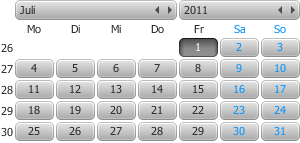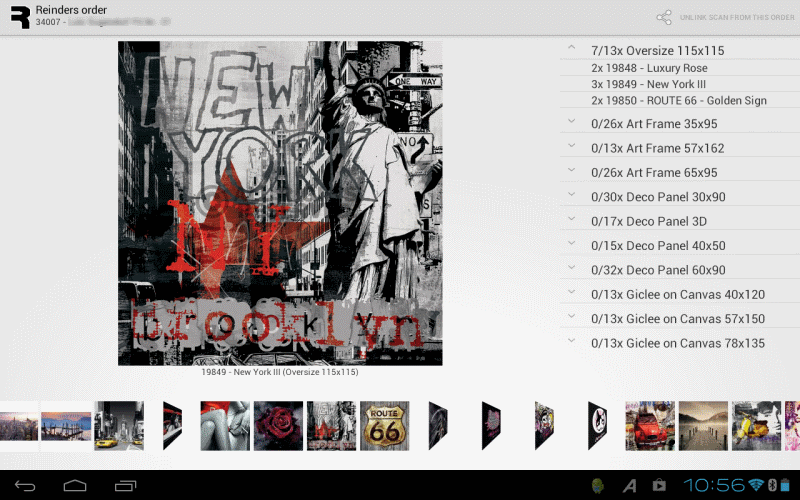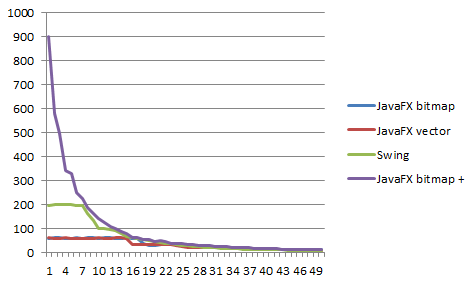Supporting JSR310 (Jodatime) in JFXtras
Probably everyone is exited that Oracle is finally picking up the highly dubious date time implementation in Java called Calendar. It is interesting to see that large companies like Sun really have problems getting something as seemingly simple as date and time implemented correctly. Of course there are two sides to the problem, first there are all the intricacies of date and time, like time zones and other more or less subtle problems (this is where Date went wrong). And secondly there is the implementation aspect, where for 99% of the usages a date or time is considered an immutable value, like a number, easy to use for a developer (this is where Calendar went wrong, just take a look at the output of toString()).
Now, there are reasons why there is a CalendarPicker and not a DatePicker in JFXtras. And the primary reason is that Calendar has a notion of locality, which Date has not; for example in Germany the week starts on a different day (Monday) than in the USA (Sunday).
Calendar actually is pretty decent when it comes to the domain of dates and times, Jodatime is added to Java 8 is because the implementation, the API, is bad. (more…)







